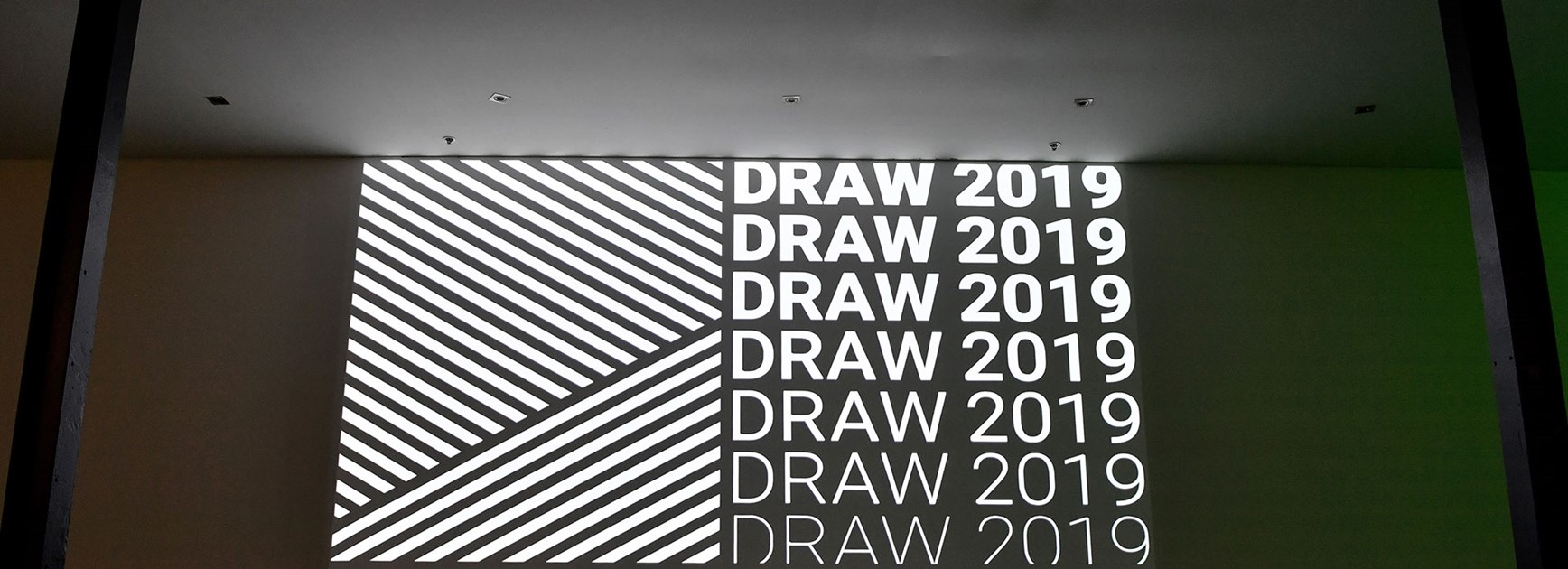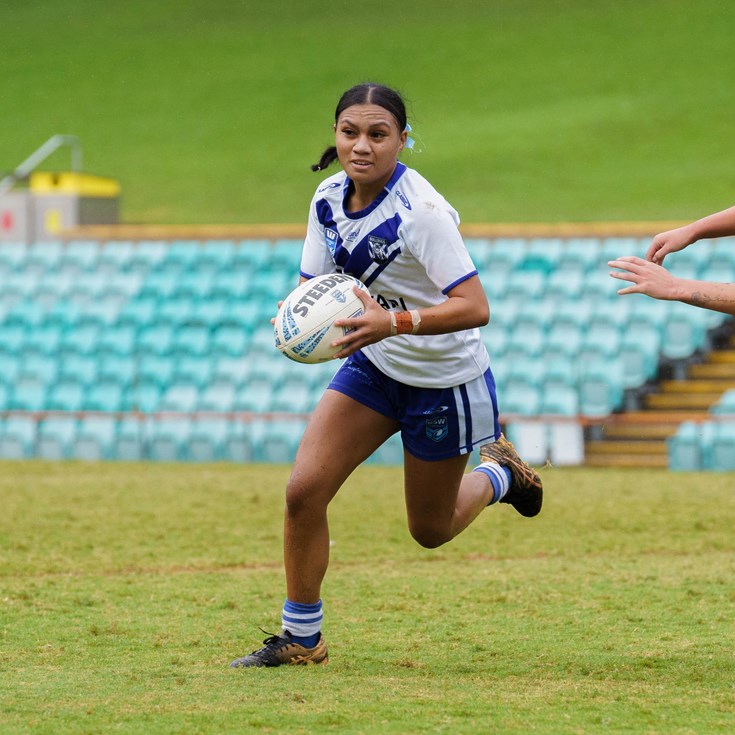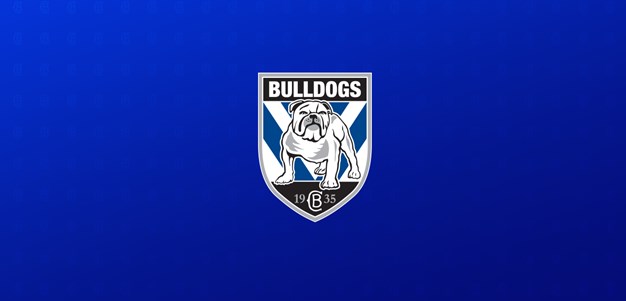
It is impossible to assemble an NRL draw (or a schedule for any other major sport here or abroad) that makes every fan and stakeholder totally happy. NRL.com spoke to the regular architect of the Telstra Premiership schedule, Canadian firm Optimal Planning Solutions, to get a sense of just how complex the process is and why a perfect draw cannot exist.
Near-infinite combinations must be culled down
Each time an NRL draw is released, a near-infinite number of combinations must be culled down based initially on structural factors like venue availability and broadcaster requirements.
The NRL then imposes its own "set in stone" requirements. For example, Roosters v Dragons and Storm v Warriors games must occur on Anzac Day, while Wests Tigers v Eels must be played on Easter Monday.
As much as possible, major rivalries (Broncos v Cowboys, Roosters v Rabbitohs, Storm v Manly, Eels v Panthers, Dragons v Sharks, etc) must occur twice in a season in which each club plays nine teams twice and the other seven just once – ideally in prime slots.
NRL Telstra premiership draw 2019
There are other things that cannot happen, such as a team playing five home games or five away games in a row.
Even four is ruled out unless there is some overriding issue such as a stadium availability issue and even three home or away games in a row is avoided as much as mathematically possible.
You could have the fastest computer on earth and give it billions of years and it wouldn't be able to evaluate every combination
Rick Stone
The process also strikes out instances of two teams playing each other twice in the space of two or three weeks (even twice in five or six weeks is filtered out as much as possible and has been reduced significantly in the 2019 draw).
A layer below is the "nice to have" requirements that are preferable but not set in stone – they can be scaled in importance and brought in or out of draft schedules based on how much they affect other factors.
Canadian hardware and software underpins mammoth process
The mathematical legwork is completed by Canadian software and solutions firm Optimal Planning Solutions. They also look after the season schedules for the AFL, A-League and Super Rugby as well as major US codes like the NFL and Major League Baseball plus major soccer competitions such as France's Ligue 1 and 2 and the Scottish Premier League.
Optimal Planning Solutions president Rick Stone gave NRL.com a sense of the scale of what goes into preparing a draw and how much processing and computational power is required to get something like the best possible result.
Stone said there was "basically an infinite number" of possible combinations.
"You could take the fastest computer on earth and give it billions of years and it still wouldn't be able to evaluate every possible combination," he said.
The firm's 48-core computers are "pretty heavy duty" – effectively 24 times the processing power of a standard dual-core laptop, according to Stone. Even with that level of processing power, it can take a solid 72 hours to run a single analysis and sift through trillions - not millions or billions - of combinations.
"Part of it is processing power and part of it is the software we use," Stone said. "There are a lot of custom search heuristics we use ... computers themselves can only do so much, it really comes down to your search methodology.
"In a relatively short period of time, we try to find something that is as close to optimal as possible. Half the problem is defining what makes a good draw and the other half is how we get that.
"You get a myriad of requests and restraints. Then we have this software system we developed with a scored system of weights and constraints that looks at trillions and trillions of possible combinations and comes back and says 'this is the one that best meets these requirements'."
Everything comes down to a trade-off
From that stage, inevitably something jumps out that is not ideal or that has been missed, which leads to new constraints being added into the algorithm and the weightings being shifted.
Eventually, the firm starts to present viable options and the operational team at the NRL sifts through dozens of schedules over weeks or months in what becomes an iterative process of whittling down options, culling the lesser options, tweaking the weightings and so forth.
Every time a draw is released, there is an inevitable outcry over something that, given all the above metrics, was likely scaled as a lower priority compared to a team having four straight away games or playing an opponent twice in three weeks.
Five key matchups of the Warriors' 2019 draw
Usually, it is something like "[X] blockbuster has been ruined because it is on Thursday night or in an Origin week", or "my team doesn't have enough/has too many home games on [X] day".
"It always comes down to the trade-offs," Stone said.
"It becomes a very iterative process, 'we like this draw but let's fix this issue and this issue and this issue' so we run that for [the NRL], then it's a lot of analysis on their part of where we need to get to to fix these problems and 'can we live with the trade-offs'.
"At a certain point it comes down to 'what's a bigger issue with this combination compared to other issues'. There is no perfect draw."
Among the astronomical number of combinations for any given draw – which in all cases is a number of such a scale it is difficult to even describe let alone grasp – Stone said it was likely the best possible draw is never discovered.
"It's absolutely possible that what you might think is the best draw, we'll never see it," he said.
"Generally, we see enough of them, we'll look at 1000 or 2000 completely different versions but as you're looking at them you pretty quickly get a good idea of what you want and that kind of guides you through the process.
"Once you have the must-haves locked in, depending on the league, you can focus it down a lot more."
Why Optimal? AFL learns the hard way
Stone said it is hard for him to put his finger on why so few other options exist in terms of firms capable of executing a draw and forcing most major Australian codes to employ the Canadian company.
In 2017 the AFL used a major global accounting and auditing firm to implement their 2018 draw. The end result was Optimal being parachuted in to rescue the process after the level of resources allocated by the other firm was not able to deal with the significant issues encountered.
"For us, now that we know how to solve these problems – and 95% of it is knowing the tips and tricks of how to solve these extremely difficult problems – we can do it substantially less expensively than some of those larger companies that want to put a whole project team together to do it. "
End result means plenty to like in 2019 draw
Despite the mammoth undertaking and number of constraints, the upcoming draw shapes as one of the best and most equitable in memory.
The NRL's general manager of competitions and operations Nathan McGuirk said a major consultation process with broadcasters and clubs preceded what has been an in-depth process of narrowing down to the final draw.

"We consult with clubs and try to understand what's important to every club and their fans and that differs," McGuirk said.
"We try and adapt as many of those nuances between each club into their home draw but at times things do clash with other stakeholders' requirements, like broadcast."
One example is Thursday nights, a slot which rates very well on TV but is generally not popular with clubs due to crowd figures.
"There are always some results that aren't desirable but the positives clearly outweigh the negatives," McGuirk added.
"We factor everything based on levels of importance. Some things are must-have, like every team has 12 home and 12 away.
"Our contractual requirements to Nine and Fox are must-haves. Venues being available are locks.
"Everything is focused on trying to optimise what we can do for each and every club in terms of highlighting their matches and trying to highlight as many as we can while also understanding we have to play 23 Thursdays and 22 Friday 6pm games that fans sometimes don't like."









